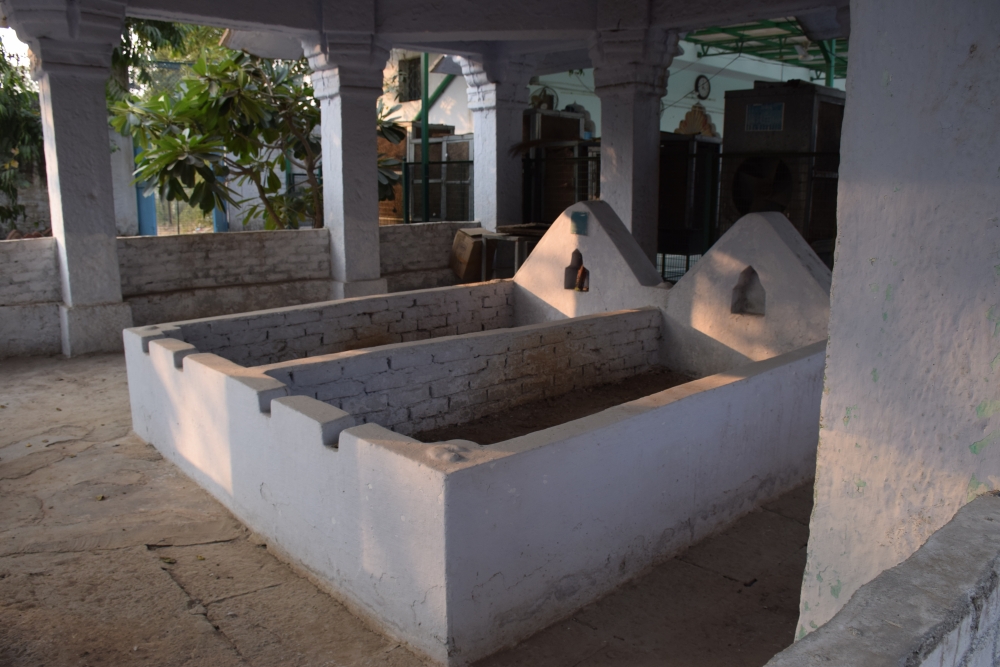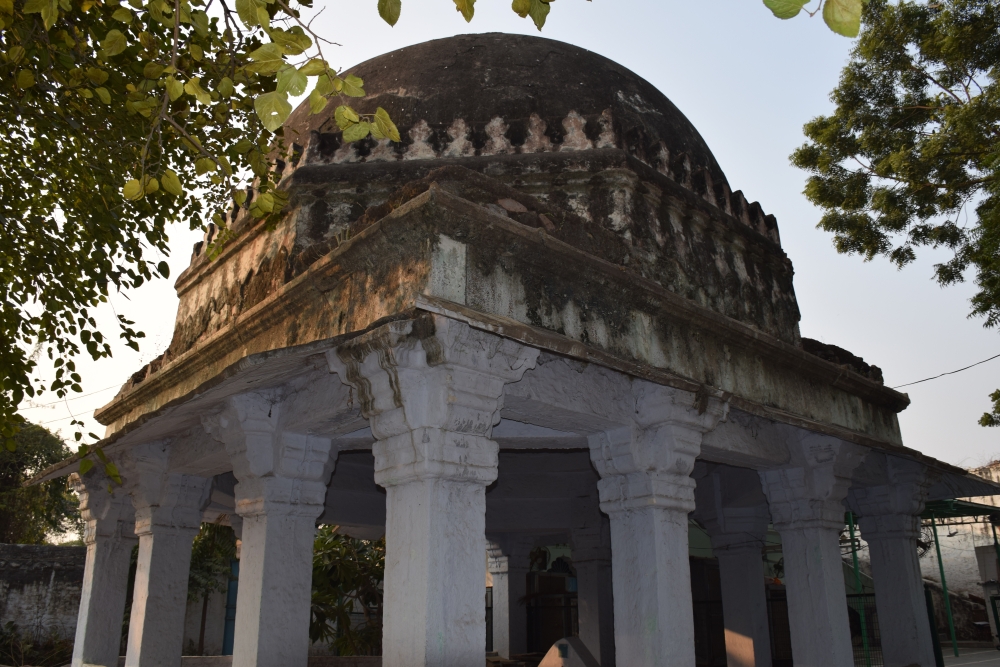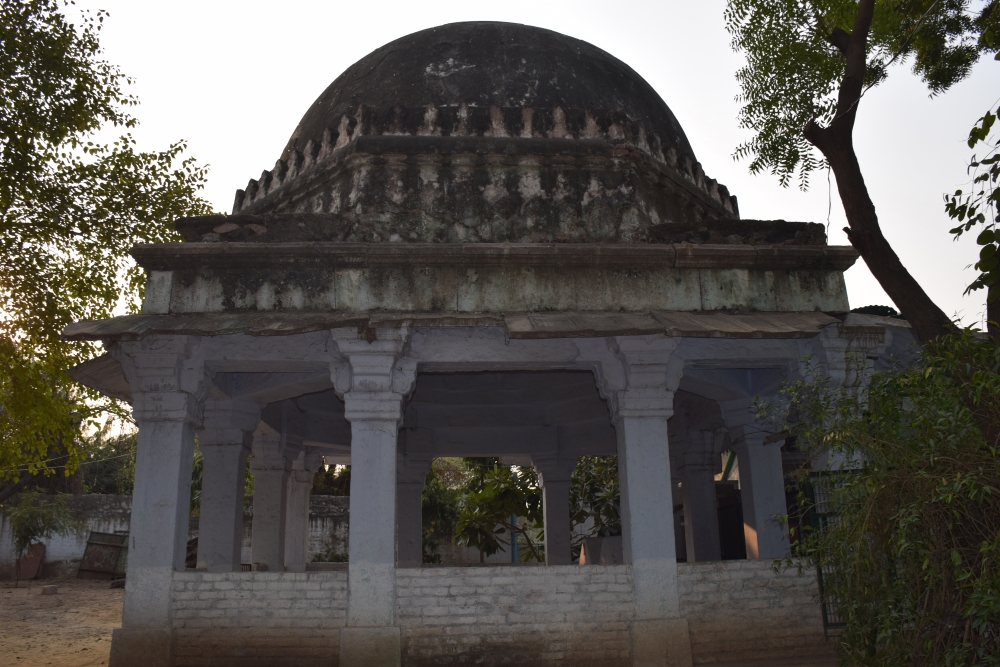




Approach: Approximately 1.5 km northeast of Chirag Delhi Metro Station on the way to Sadhana Enclave and about 550 meters southwest of Sadhana Enclave Bus Stop, Shaikh Sarai, Phase-1. Airport: Indira Gandhi International (IGI) Airport Railway Station: Nizamuddin Railway Station Bus Station: Chirag Delhi Bus Stand
Sheikh Salahuddin was a revered saint of the Sohrawardia sect and a disciple of Shaikh Sadruddin, the son and successor of Shaikh Bahauddin of Multan. He lived during the early 14th century and was a contemporary of the well-known Sufi saint Nasiruddin Mahmud Chiragh-e-Delhi. Unlike many of his contemporaries, Sheikh Salahuddin was known for his fearless stance against oppression. He vocally protested against the atrocities committed by Sultan Mohammad-bin-Tughlaq, which made him a significant yet lesser-known figure in Delhi?s Sufi history. Sheikh Salahuddin passed away in 1339-40 AD, and his tomb, constructed in 1340 AD, lies to the north of Chiragh-e-Delhi?s dargah. Despite being less popular among visitors today, his tomb remains an important historical and architectural site from the Tughlaq era. Architectural Features of the Tomb The tomb of Sheikh Salahuddin is a square structure, measuring approximately 7.25 meters on each side. It originally stood on a raised plinth, which over time has almost merged with the surrounding ground level. The structure is supported by twelve locally sourced grey stone pillars, each with simple, minimally carved capitals. These pillars hold an entablature that supports the upper superstructure of the tomb. The tomb is topped with a hemispherical plastered dome, which rests on an octagonal drum. The drum is relatively high and is adorned with kangura battlements in incised plasterwork. A small stone finial crowns the dome. A dilapidated sandstone chajja (projected eave) runs around the structure, adding to its architectural character. Above this chajja, a frieze made of local stone further embellishes the tomb. Inside the tomb, two graves lie at the center, enclosed within a low brick-built boundary. Both the graves and the entire tomb structure are coated in whitewash, which may have been a later addition for preservation or religious significance. Construction Materials The tomb is constructed using random rubble stone masonry, a common technique in Tughlaq-era architecture. This method involved the use of irregularly shaped stones bound together with mortar, providing durability and resistance to weathering. The external surfaces, including the dome, have been finished with plaster, likely to protect the underlying stone from erosion. The twelve supporting pillars are made of local grey stone, offering structural stability and aesthetic simplicity. Despite its relatively simple design, the tomb of Sheikh Salahuddin reflects the architectural style of the Tughlaq period, characterized by the use of robust materials, functional design, and minimal ornamentation. Although time and neglect have affected its condition, the tomb remains a silent witness to the legacy of a saint who fearlessly stood against tyranny.
Year of Built: 14th - 15th Century
Address: Within green area, north-west of Savitri Nagar, Sheikh Sarai, Phase 1
Country: India
State: Delhi
District: South Delhi
Pincode: 110017
Longitude: 77 13 17
Latitude: 28 32 28